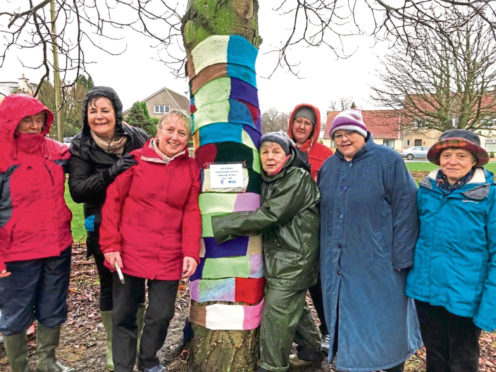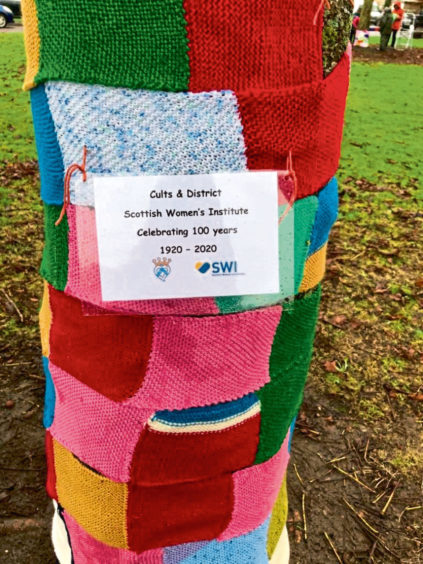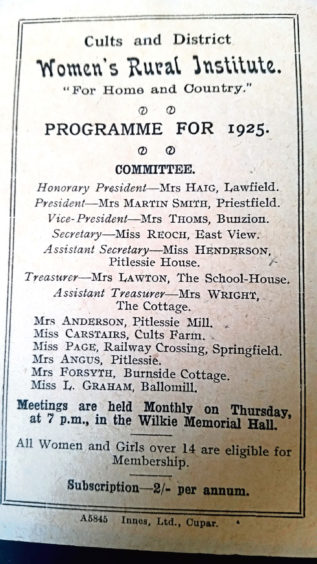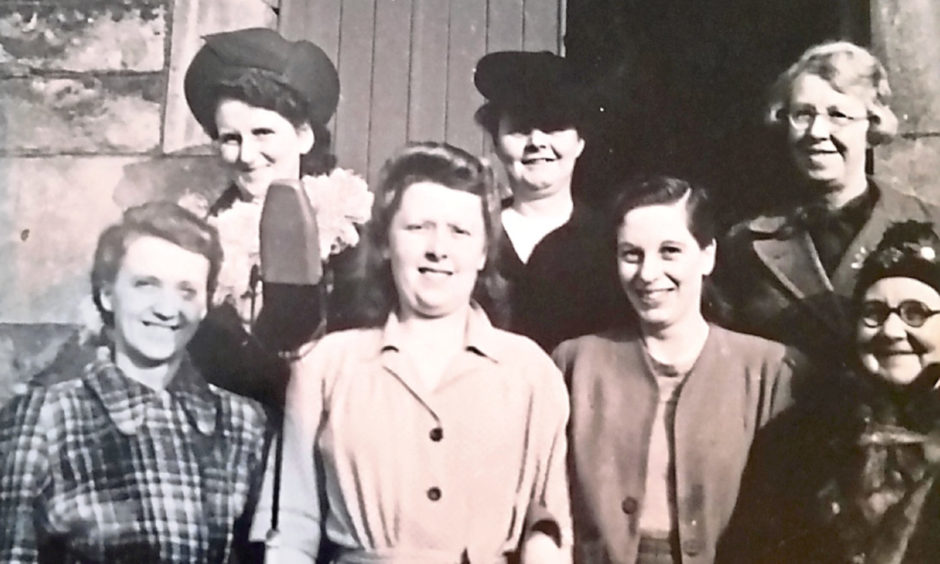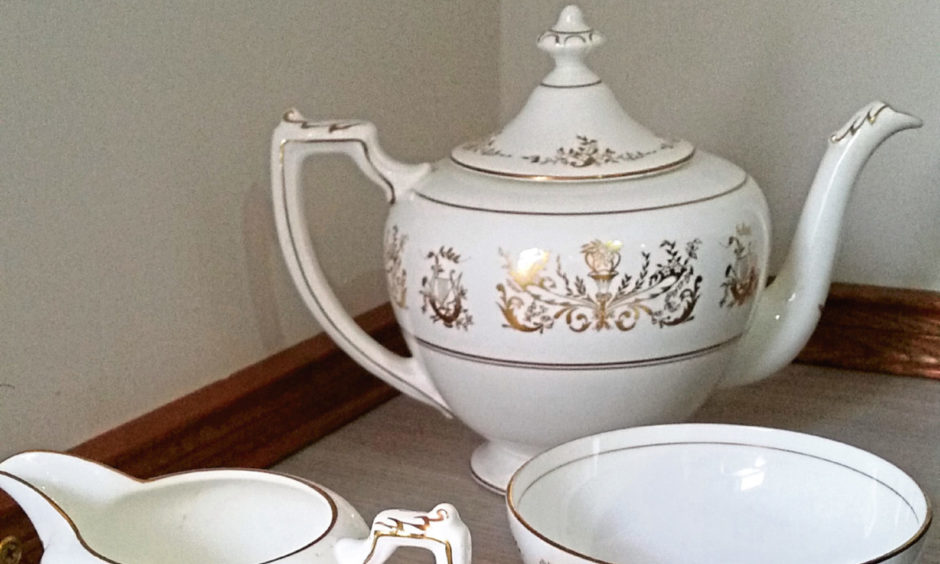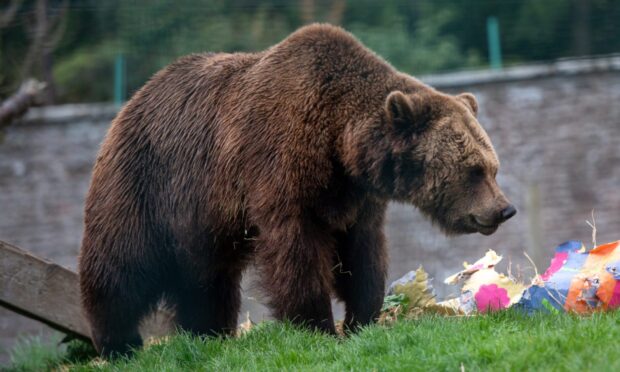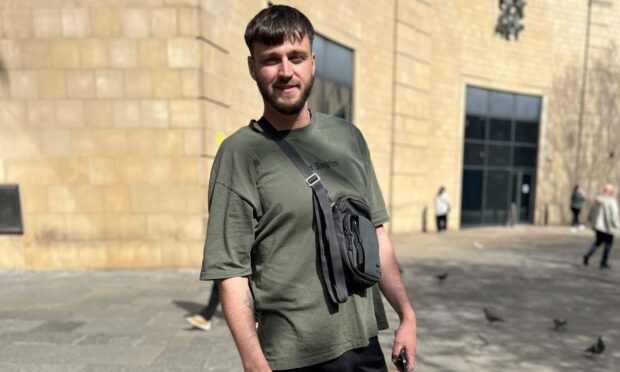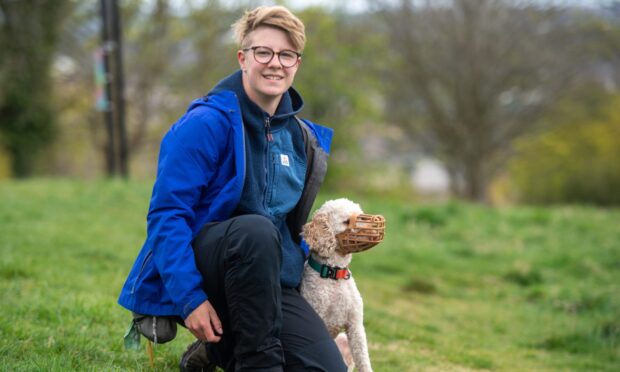A Fife branch of the Scottish Women’s Institute celebrates its 100th anniversary and tells Gayle Ritchie why the organisation is as relevant today as it was in 1920…
Knitting scarves for trees, walking, dancing, curling, golf and bowling – all activities enjoyed by the Scottish Women’s Institute (SWI).
As the Cults and District branch of the SWI celebrates its 100th anniversary, members are keen to get across the message that the organisation offers much more than the stereotypes might have you believe.
“The SWI is still relevant to women in 2020, and still welcoming new members,” says group president Val Garland.
“Many ladies think they can’t join because they can’t knit, sew or bake. This is not true.”
While all SWI meetings have been cancelled for the next few months thanks to the coronavirus outbreak, Val says members are doing their best to keep in touch.
“Before all this happened, we would have competitions every month – one is always to bring a flower picked from your garden – but no one is obliged to enter and if you happen to be helping with ‘teas’ then a cake or packet of biscuits from a shop will suffice,” she says.
“The aim is to just come along and enjoy some entertainment, maybe learn something new, and make friends while chatting over a cup of tea.”
Prior to the Covid-19 pandemic, the Fife group offered craft classes galore, belly dancing, candle making, cookery and aromatherapy sessions, as well as trips to gardens, study tours, dance weekends, days out bowling, curling, golfing and dinners out.
Nationally, the SWI have fundraised for charities galore, and in 2020, the organisation is supporting Mercy Ships UK,
“We’re quite forward-thinking at Cults and District branch,” says Val. “The secretary emails minutes to all members, where possible, but we do try to keep some traditions alive like bringing your own cup to the meeting, which has been done forever.”
To mark the centenary of the formation of the Cults and District branch, members knitted scarves around the community’s trees.
It was Val’s brainchild, having been inspired by news reports about people knitting jumpers for trees.
The clack of needles resulted in almost 250 scarves of every colour, which were stitched together and wrapped around three prominent trunks.
“I’d seen something about knitted jumpers around branches which I thought would be a bit much for us but the plan was to get knitted squares which could be wrapped around the trees as and when they came,” explains Val.
“The idea wasn’t for people to spend any money but just to use scrap bits of wool or yarn lying around, do it at home and then bring it to meetings.
“We had almost 250 squares in three months.”
As a non-knitter, Val instead took on the task of sewing them all together.
The colourful display has been admired from passersby, and Val says it’s helped cheer the community.
The 100th anniversary has particular significance to Val, who discovered while researching the SWI’s history that her husband Neil’s grandmother, Margaret Reoch, had been a founder.
The house where she lives, Stronvar, was the property of Ms Reoch – later Mrs Garland – and is still hosting committee meetings a century later… on the same chairs.
Group members have not put away their knitting needles yet, as they are creating panels which will form a patchwork quilt to be auctioned at a strawberry tea.
The SWI, formerly known as the Scottish Women’s Rural Institutes, was set up in 1917 by a farmer’s wife – and suffragette – Catherine Blair. Her aim was to encourage educational opportunities, friendship, and skill sharing for ordinary women.
The Cults and District branch was formed on January 2 1920 by Katherine Cochrane of Crawford Priory.
“The first meeting was on February 5 1920 when there was a potato cookery demonstration and a display of knitting and needlework,” says Val.
“Meetings have always been held in the David Wilkie Memorial Hall in Pitlessie.”
Until a few years ago the SWI was known as the Scottish Women’s Rural Institute or “the rural”. It dropped “the rural” to encourage women from all parts of the country to join.
“We have members ranging from their forties to their nineties, but it’s open to girls over 14,” says Val.
“Mrs E Henderson, our only honorary member, cut the 25th birthday cake as the youngest member in 1945. Hopefully she will cut the 100th birthday cake.
“Founder president The Dowager Countess of Elgin presented a china teapot and matching sugar and cream to us on our 50th birthday.”
Val enjoys poring through SWI’s old minute books and reveals that in the “early years”, there was a musical element to meetings when members would sing and play instruments.
While the Fife group enjoyed a centenary dinner earlier this month, members hope an afternoon tea and exhibition planned for summer will still go ahead at some stage.
The SWI aims to attract more women to join across all locations, age groups and interests – for more information just visit theswi.org.uk
